Mark G. Allen has been named the inaugural scientific director of the University of Pennsylvania’s Krishna P. Singh Center for Nanotechnology.


Mark G. Allen has been named the inaugural scientific director of the University of Pennsylvania’s Krishna P. Singh Center for Nanotechnology.
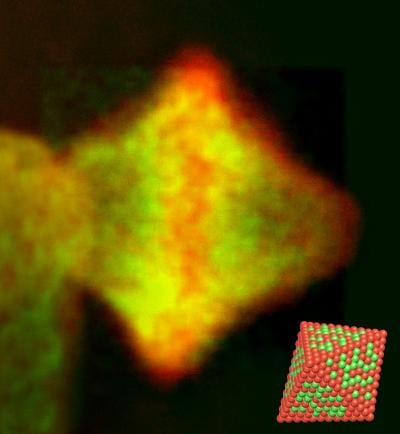
Platinum-nickel nano-octahedra save 90 percent platinum.

Researchers confine plasmons in a resonant cavity only 20 nanometers wide to precisely measure mechanical motion smaller than the size of an atom.
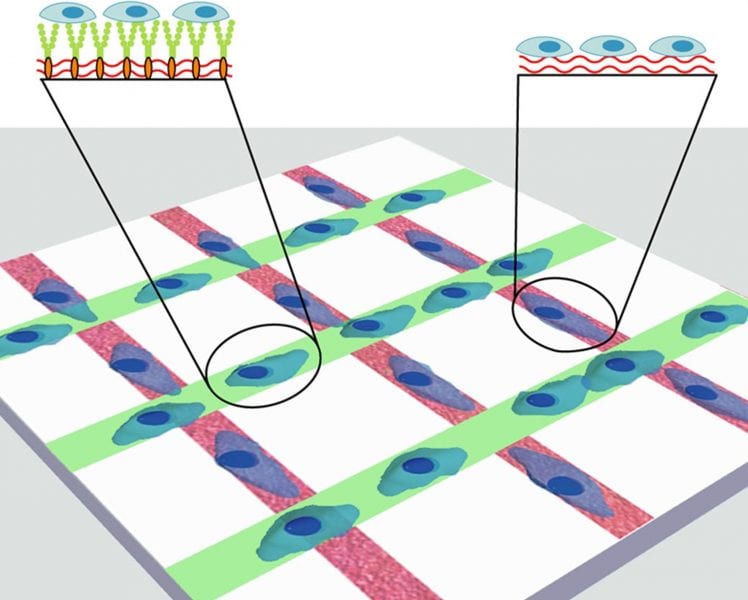
Micropatterned multicomponent interfaces as in vitro models of stem cell microenvironments with increased spatial and temporal control.
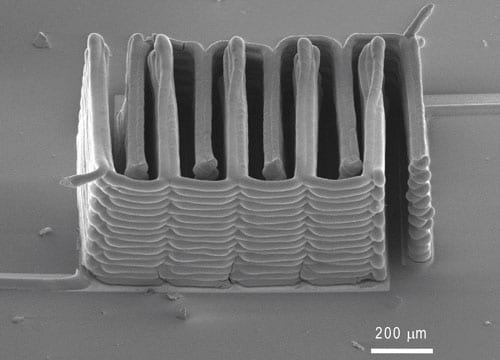
Novel application of 3D printing could enable the development of miniaturized medical implants, compact electronics, tiny robots, and more.
Scanning transmission electron holography microscope, the first such microscope of its type in the world, up and running at University of Victoria.
The Semiconductor Research Corporation and the National Institute of Standards and Technology have awarded UT Austin a $7.8 million nanoelectronics award.
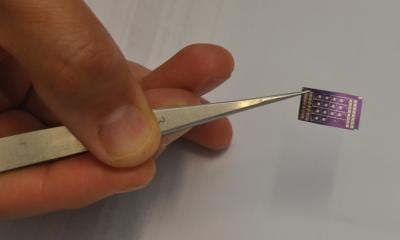
An “electronic nose” sensor being commercialized by Innovation Economy Crowd (ieCrowd), will be further refined to detect deadly pathogens.
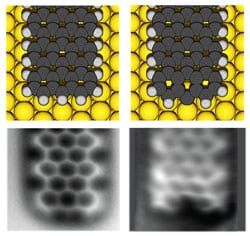
Scientists at Aalto University and Utrecht University have created single atom contacts between gold and graphene nanoribbons.
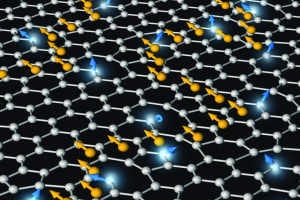
Graphene can be made magnetic and its magnetism switched on and off very simply, opening a new avenue towards electronics with very low energy consumption.